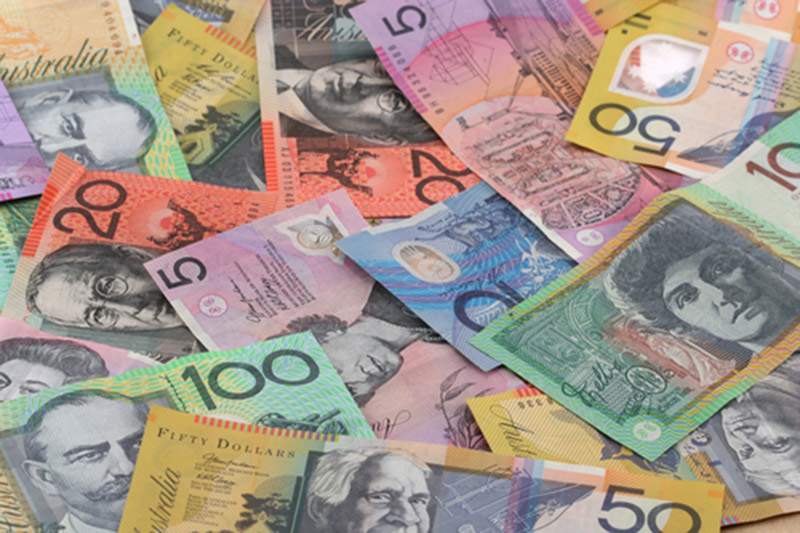By Cecile Lefort and Naomi Tajitsu
SYDNEY/WELLINGTON, Aug 25 (Reuters) - The Australian and New Zealand dollars regained some ground on Tuesday as investors went bargain hunting following a volatile overnight session, but sentiment remained brittle amid concerns over China's economy.
The Australian dollar clambered back up to $0.7223, having struck a 6-1/2-year trough of $0.7044 overnight. It plunged 2.2 percent on Monday, its worst day since 2011 and charts suggest there's a clear downtrend.
Resistance was found at around $0.7230 and support at Monday's close of $0.7155.
The New Zealand dollar bounced to $0.6531 NZD=D4 , having plummeted 3 percent overnight when it also touched a six-year low of $0.6200.
"People are still extremely nervous, liquidity is still very poor," said Tim Kelleher, head of institutional FX sales at ASB bank in Auckland.
Both Antipodean currencies were roiled on Monday after a spasm of risk aversion bludgeoned commodity and stock markets globally. Chinese equities .SSEC were down 3.7 percent in early trade, having dived more than 8 percent in the prior session.
Kelleher was cautious about a possible correction in the Australian and New Zealand dollars.
"The kiwi is a sell on rallies but whether that is 65 or 66 it's impossible to tell," Kelleher said.
The Aussie and kiwi recouped losses against the safe haven yen as risk appetite recovered slightly. The Aussie leapt 2.3 percent to 86.70 yen, pulling away from three-year lows. It tumbled 5 percent on Monday.
The kiwi gained around 2 yen in the session to 78.30, having gone as deep as 72.75 yen in offshore trade, its weakest since early 2013.
The euro ran into profit-taking to be down nearly 2 percent at A$1.5935. It had exploded to a six-year peak of A$1.6248 on Monday. Against the kiwi, the euro dropped 1.4 percent to NZ$1.7652, having briefly popped above NZ$1.8100 overnight, a level not seen since 2011.
New Zealand government bonds eased, nudging yields 2 basis points higher at the long end of the curve.
Australian government bond futures retreated from four-month highs, with the three-year bond contract off 5 ticks at 98.240. The 10-year contract was down 10 ticks to 97.3750, leading to a bearish steepening of the curve. (Editing by Shri Navaratnam)
